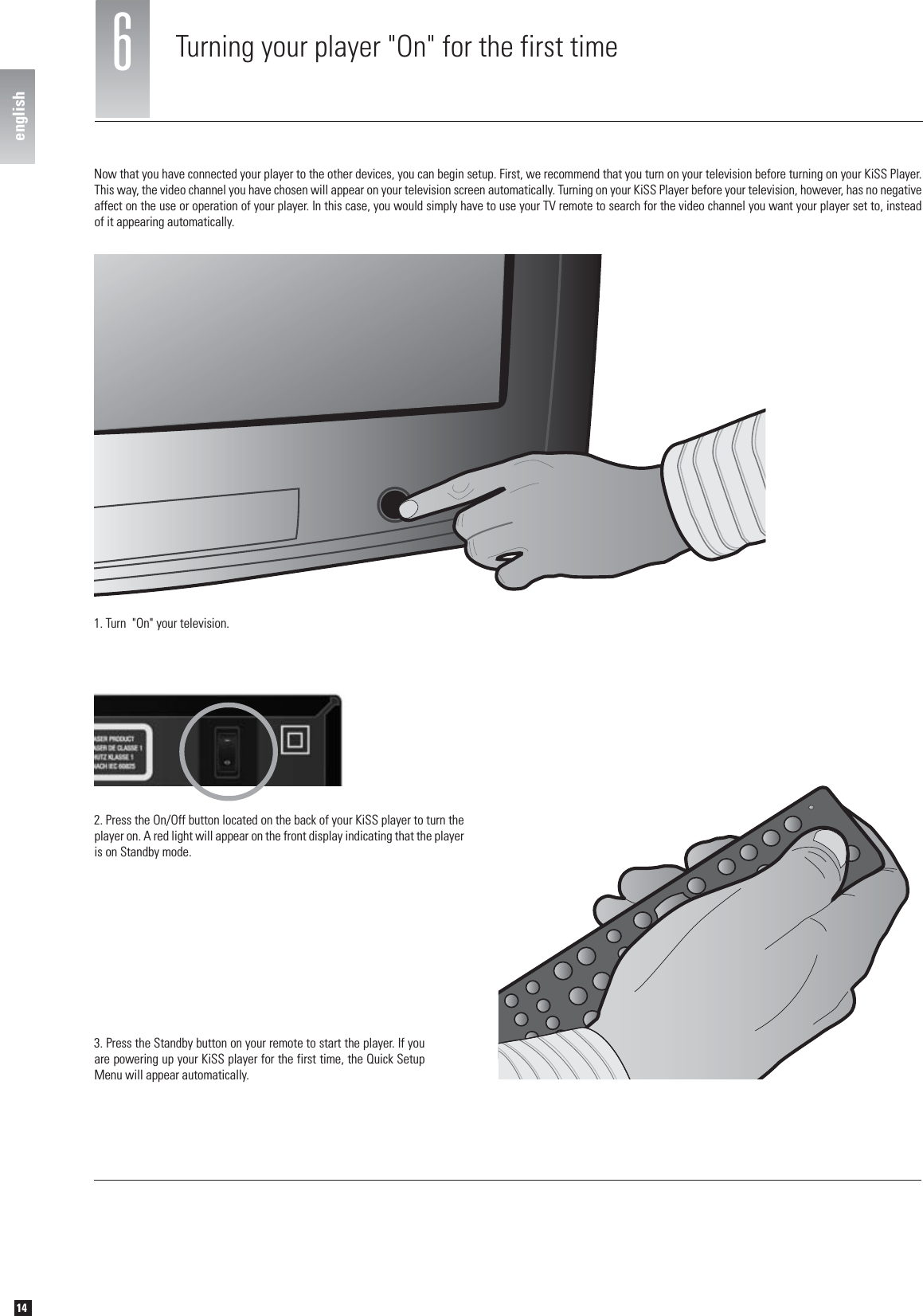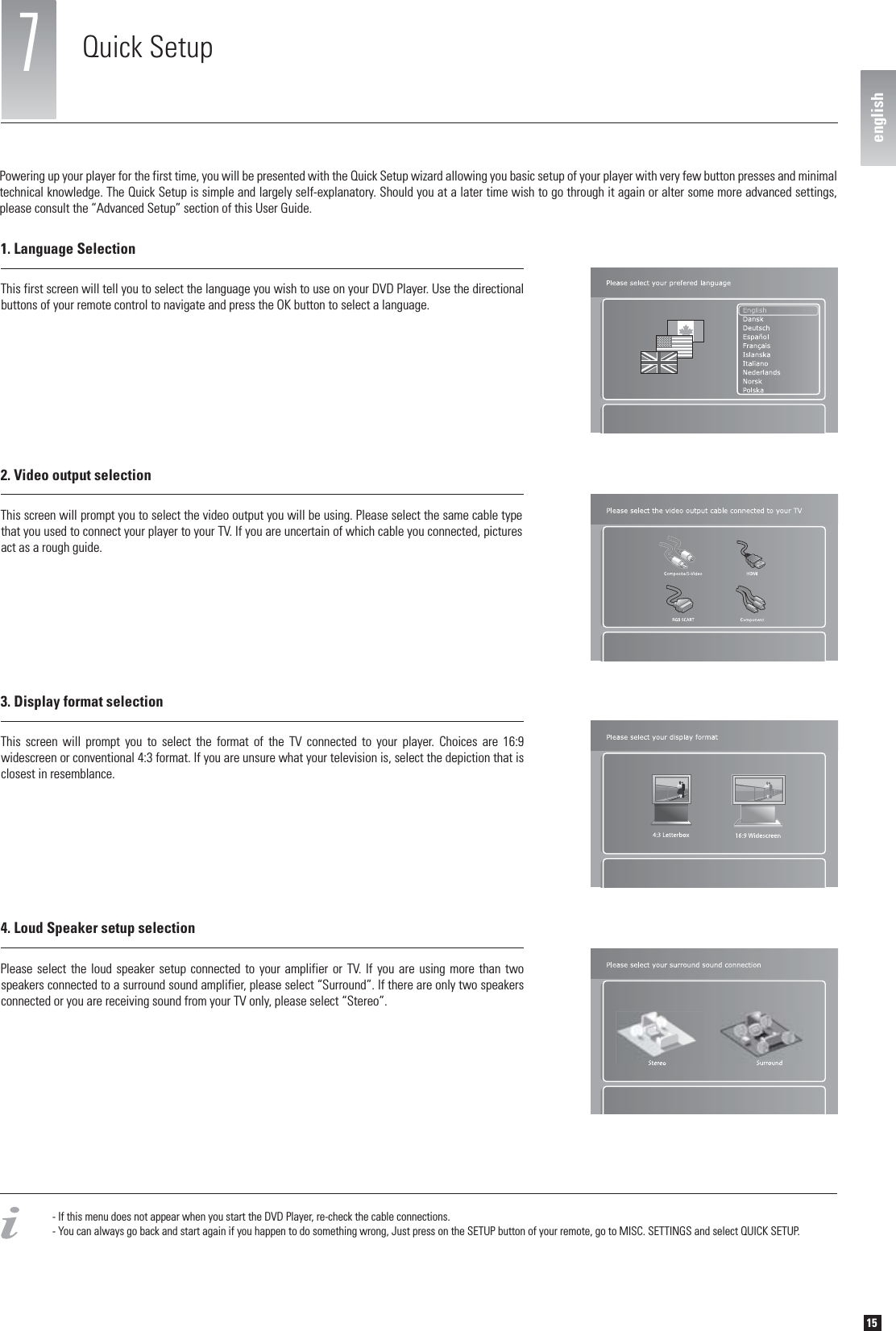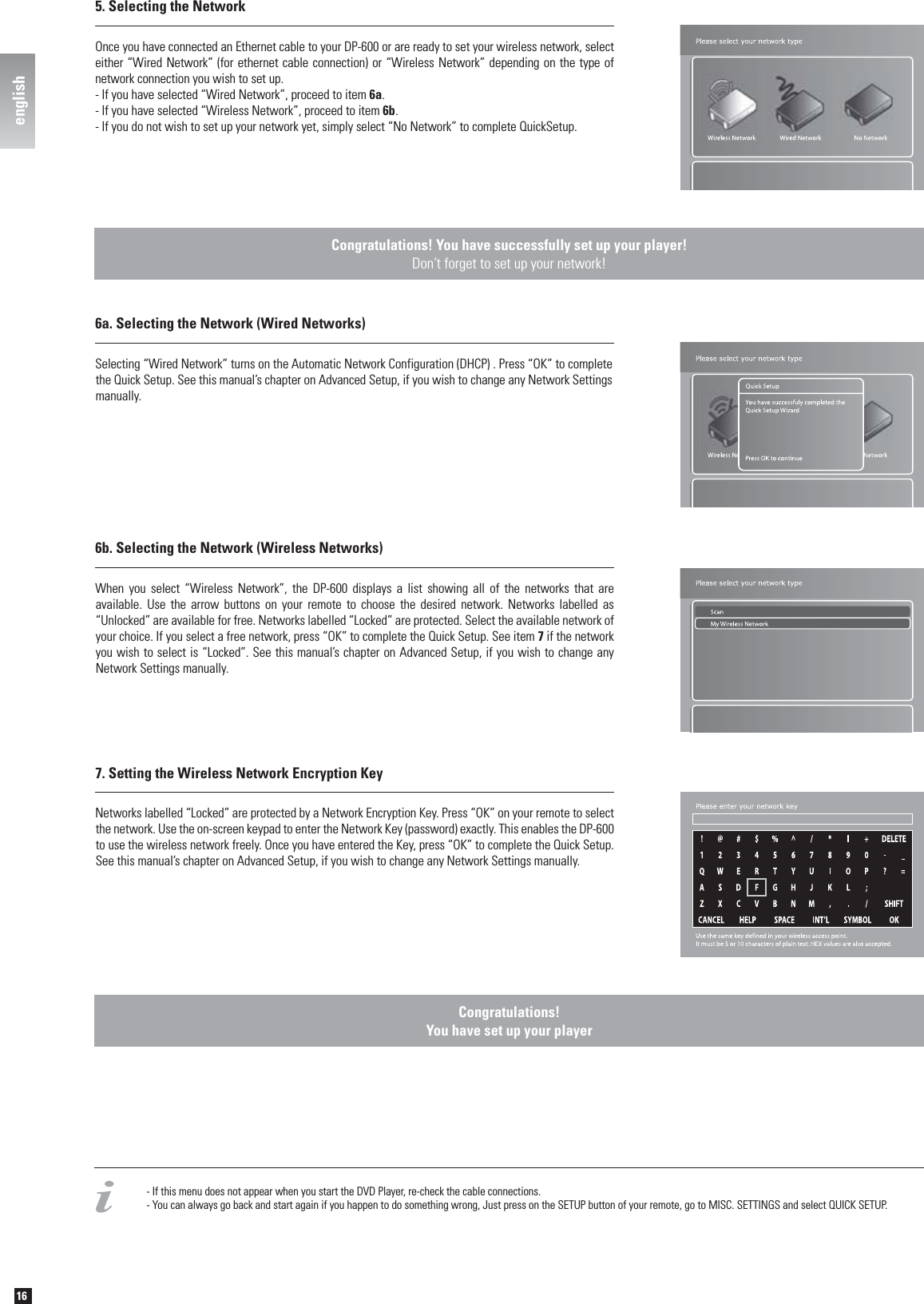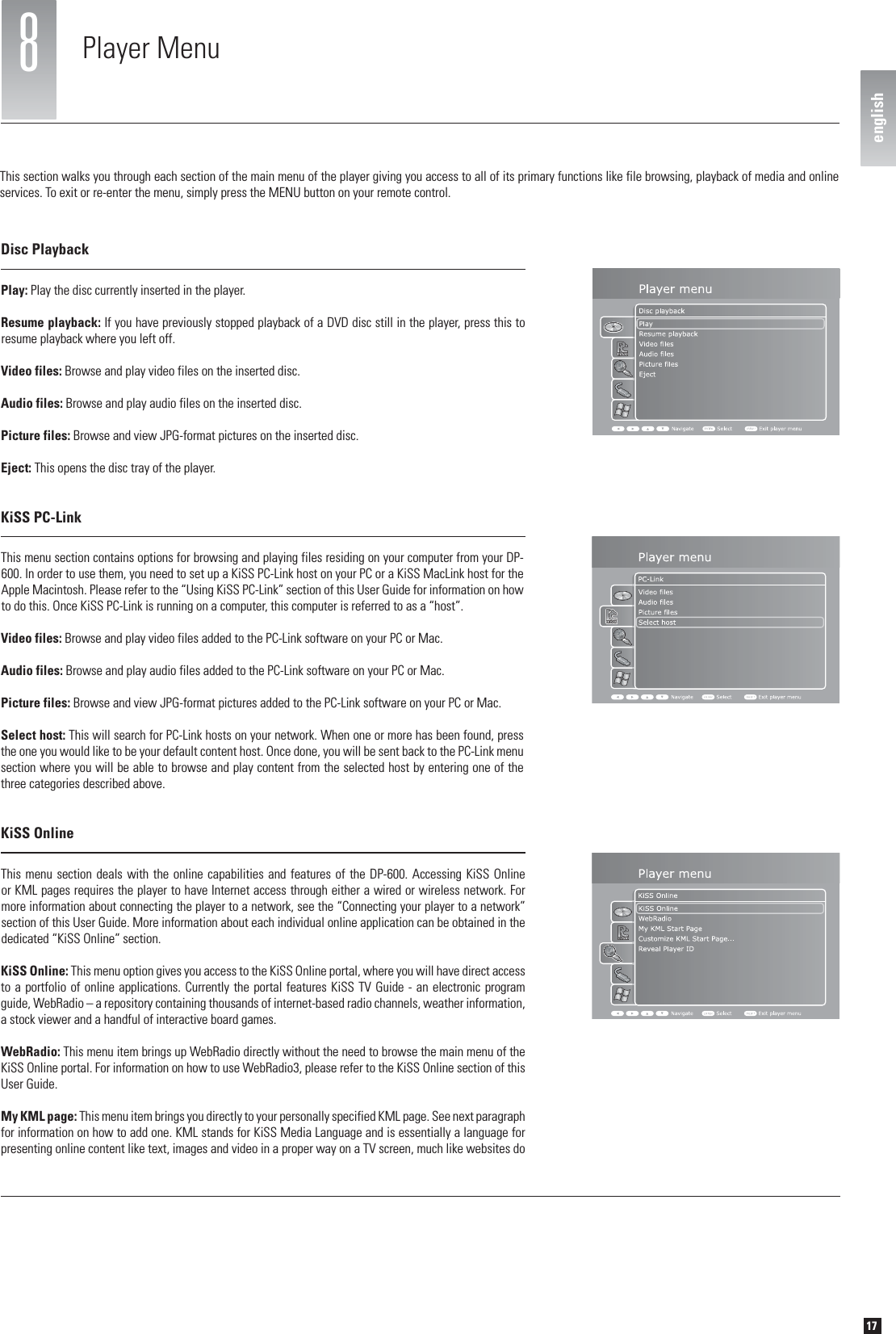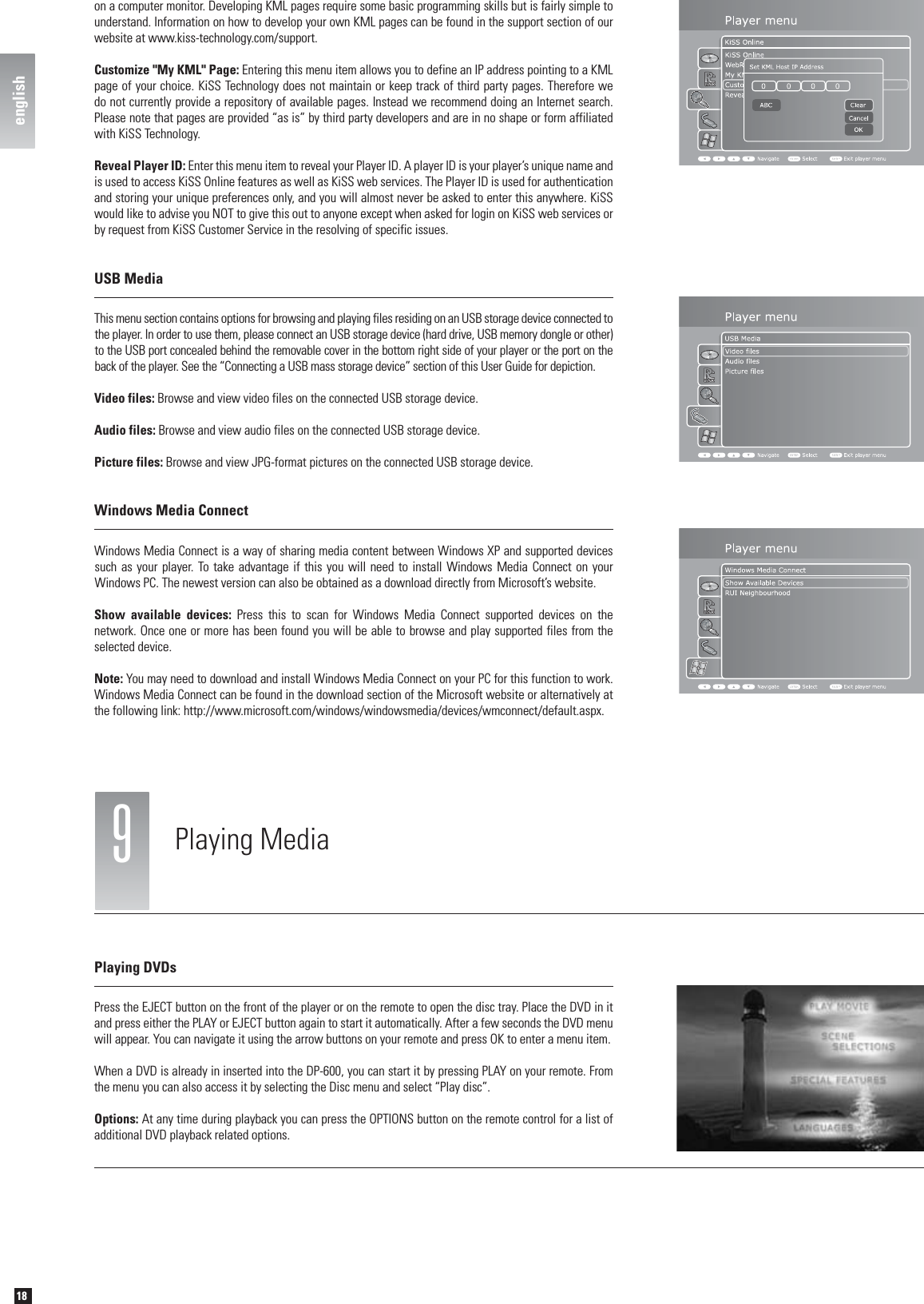LINKSYS DP-608 HIGH DEFINITION MEDIA PLAYER User Manual Manual DP 600 v1 2 indd
LINKSYS LLC HIGH DEFINITION MEDIA PLAYER Manual DP 600 v1 2 indd
LINKSYS >
Contents
- 1. USERS MANUAL 1
- 2. USERS MANUAL 2
- 3. USERS MANUAL 3
- 4. USERS MANUAL 4
- 5. USERS MANUAL 5
USERS MANUAL 3
